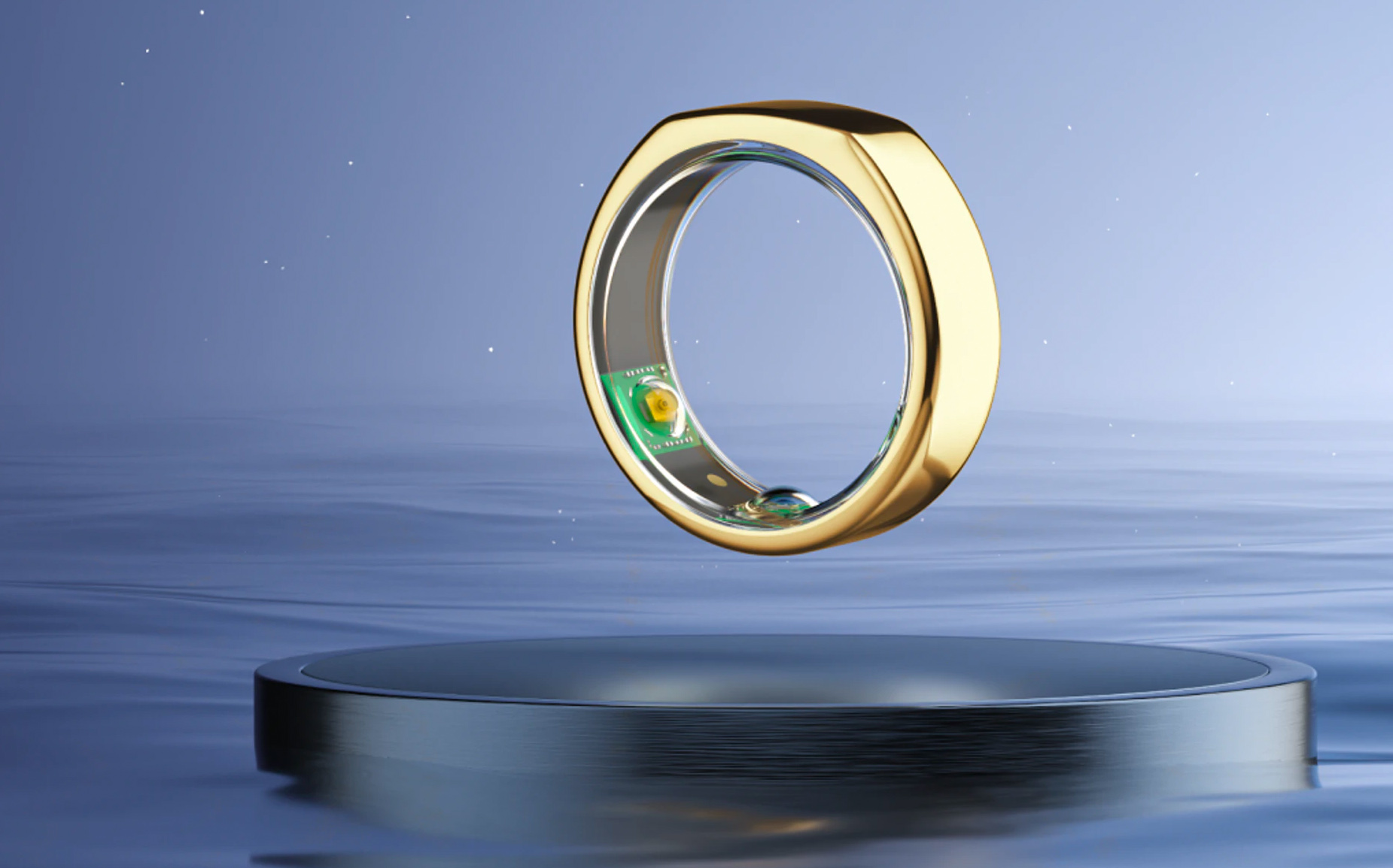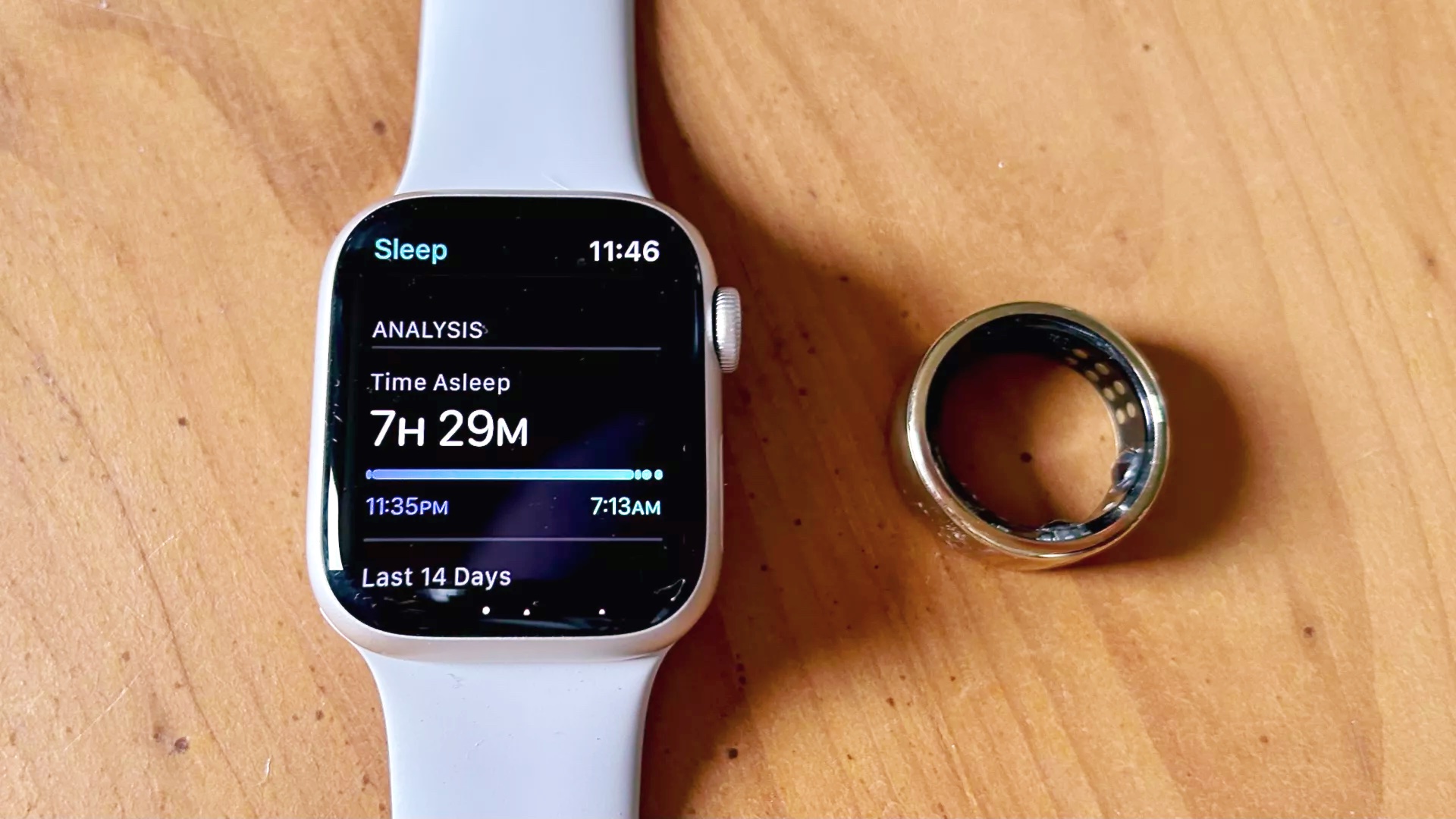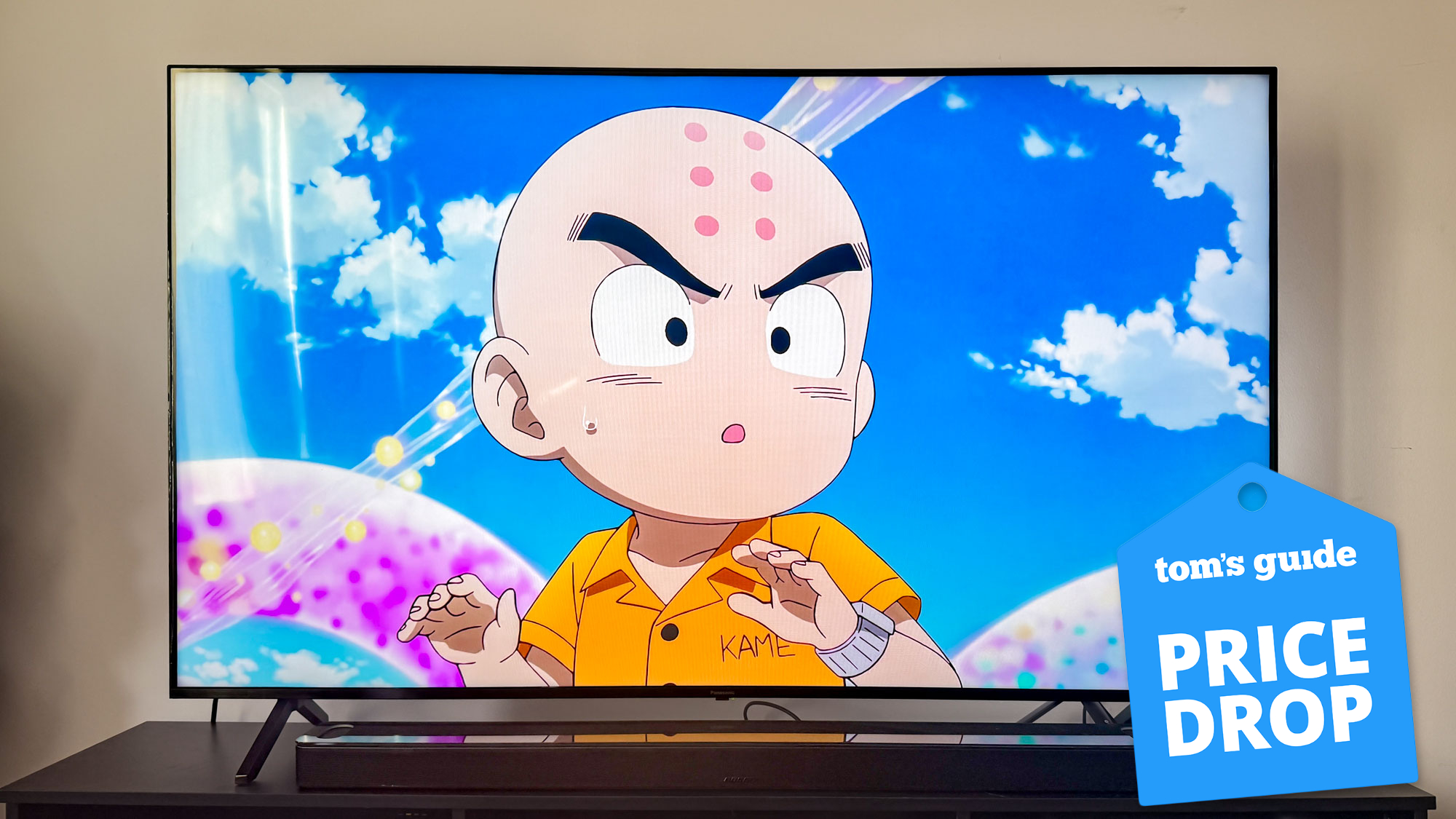
I tested the Oura Ring several years ago, and the savvy tech has barely left my finger since. One of the best fitness trackers on the market, I’ve been diligently capturing stats on sleep, activity, stress and fitness by wearing the Oura Ring every day — and it has transformed my relationship with physical and mental health and recovery.
As we draw closer to the holidays, it’s a chance for many to take their foot off the gas, but with wearables whispering into ears to close fitness rings, hit 10,000 steps, or squeeze just one more workout in, relaxing is easier said than done.
Oura has a solution to that. Several, actually. If you’re looking for ways to relax during the holiday season, here are three alternative ways to boost recovery using your Oura Ring that you might not already know about.
3 alternative ways to use your Oura Ring during the holidays
Daytime Stress tracking
I’ve previously used my Oura Ring to manage stress and found it helpful in identifying the stimulus likely to cause me the most stress. Oura recently announced their Daytime Stress upgrade, along with two other features due to roll out as part of a staged rollout process, starting with Daytime Stress — the Reflections tool, which acts as a personal journal, and Stress Resilience for mapping and improving stress levels.
The Daytime Stress tool was first released on October 10, 2023, to subscribed members, and helps identify what causes stress and when. Two hours after waking, Oura begins tracking using biometrics like night-time heart rate variability (HRV), heart rate, body temperatures and fluctuations to detect physiological stress in the body.
The app updates every 15 minutes, populating a graph with your stress levels throughout the day: restored, relaxed, engaged and stressed. You can follow the graph with your finger to identify an exact timestamp of when your stress levels rise and fall, plus use tags and activities to label peaks and troughs throughout the day. Here’s everything you need to know about the latest Oura Ring feature.

Not all stress is “bad.” Cortisol regulates how your body responds to stress and can help you deal with dangerous situations — think about the fight-or-flight reaction, for example. The hormone also helps control your metabolism, and when balanced with restorative time and good sleep, Oura explains that it can act as fuel for growth.
Get instant access to breaking news, the hottest reviews, great deals and helpful tips.
The feature can monitor for ongoing insights to help you uncover potential triggers or patterns with daily, weekly and monthly feedback, and encourages users to take a hot minute to check in with stress. According to the American Institute of Stress, at least 55% of Americans are stressed, and the Stress in America 2022 survey revealed a third of adults reported feeling overwhelmed on most days.
The holiday season can exacerbate these feelings, so using the Daytime Stress feature could help you contextualize it and put a label on what could be causing the overwhelm, finding ways to reduce it. I’ve been using it every day — the feature is incredibly helpful for zoning in on moments of stress and determining exactly why and how I feel the way I do.
Rest Mode
I don’t know about you, but I feel pressure to close my Apple Watch rings on my Apple Watch Series 7 each day — not helped by the gentle nudges my wearable gives me. Sure, it can be helpful most of the time, and we know that the benefits of exercise include better cognitive function, reduced stress levels, a stronger cardiovascular system, plus healthier bones, joints and muscles, to name just a few.
If you could do with shutting off the noise right now and relaxing into the holidays, how about hitting Rest Mode on your Oura Ring? If you weren’t aware of this feature, Rest Mode is designed to promote rest on days when you might be experiencing stressors such as illness, injury, or jetlag. You can also use it when you’re feeling overwhelmed.
When toggled on, your activity scores and goals (and all relevant contributors to them) are paused. Your Readiness Score and Sleep Insights then focus on recovery metrics instead. Best of all, when you toggle Rest Mode off again, your scores gradually return to normal rather than smacking you in the face with data. And if Oura detects high physiological stress, it might suggest Rest Mode to you in the Home tab.
Meditation

The Explore tab on the Oura Ring app is one of my favorite go-to features when I feel stressed or just need a time out, and it’s a brilliant way to add bitesize breathing exercises to your day. Designed for everyone, you can choose between nighttime sessions for sleep or invigorating sessions to elevate your mood. Each session ranges from just a few minutes to around 30 minutes, and there are also categories such as Awaken, Reset, Unwind, Focus, or Relax.
You can access guided meditations if you’re new to meditation or don’t particularly enjoy it, and the Stories section helps users unwind with a soundscape or story to drift off more peacefully. One of my favorite meditations is from Headspace and was personally recommended by the app when I toggled on Rest Mode, called Managing Anxious Moments. It only takes seven minutes.
A growing body of research shows that meditation can reduce feelings of anxiety, boost mood and improve sleep. The Mayo Clinic lists several benefits, including building skills to manage stress, focusing on the present moment, reducing negative feelings and making you more self-aware. And you don't need to sit cross-legged with your hands in a prayer position to benefit from a quick breathing exercise, either. Simply sit back, focus your attention on the exercise at hand, and let the rest happen.
If you’re new to the Oura Ring, here’s why the Oura Ring is the best device I’ve tested for tracking periods and what happened when we wore an Oura Ring for an entire year, including likes and dislikes.
More from Tom's Guide
- Oura Ring vs Apple Watch 8 — which is the best at sleep tracking?
- Oura ring 3 vs Whoop 4.0: Which is the best fitness tracker?
- Oura ring vs Ultrahuman Ring Air.

Sam Hopes is a level 3 qualified trainer, a level 2 Reiki practitioner and fitness editor at Tom's Guide. She is also currently undertaking her Yoga For Athletes training course.
Sam has written for various fitness brands and websites over the years and has experience across brands at Future, such as Live Science, Fit&Well, Coach, and T3.
Having coached at fitness studios like F45 and Virgin Active and personal trained, Sam now primarily teaches outdoor bootcamps, bodyweight, calisthenics and kettlebells.
She also coaches mobility and flexibility classes several times a week and believes that true strength comes from a holistic approach to training your body.
Sam has completed two mixed doubles Hyrox competitions in London and the Netherlands and finished her first doubles attempt in 1:11.
